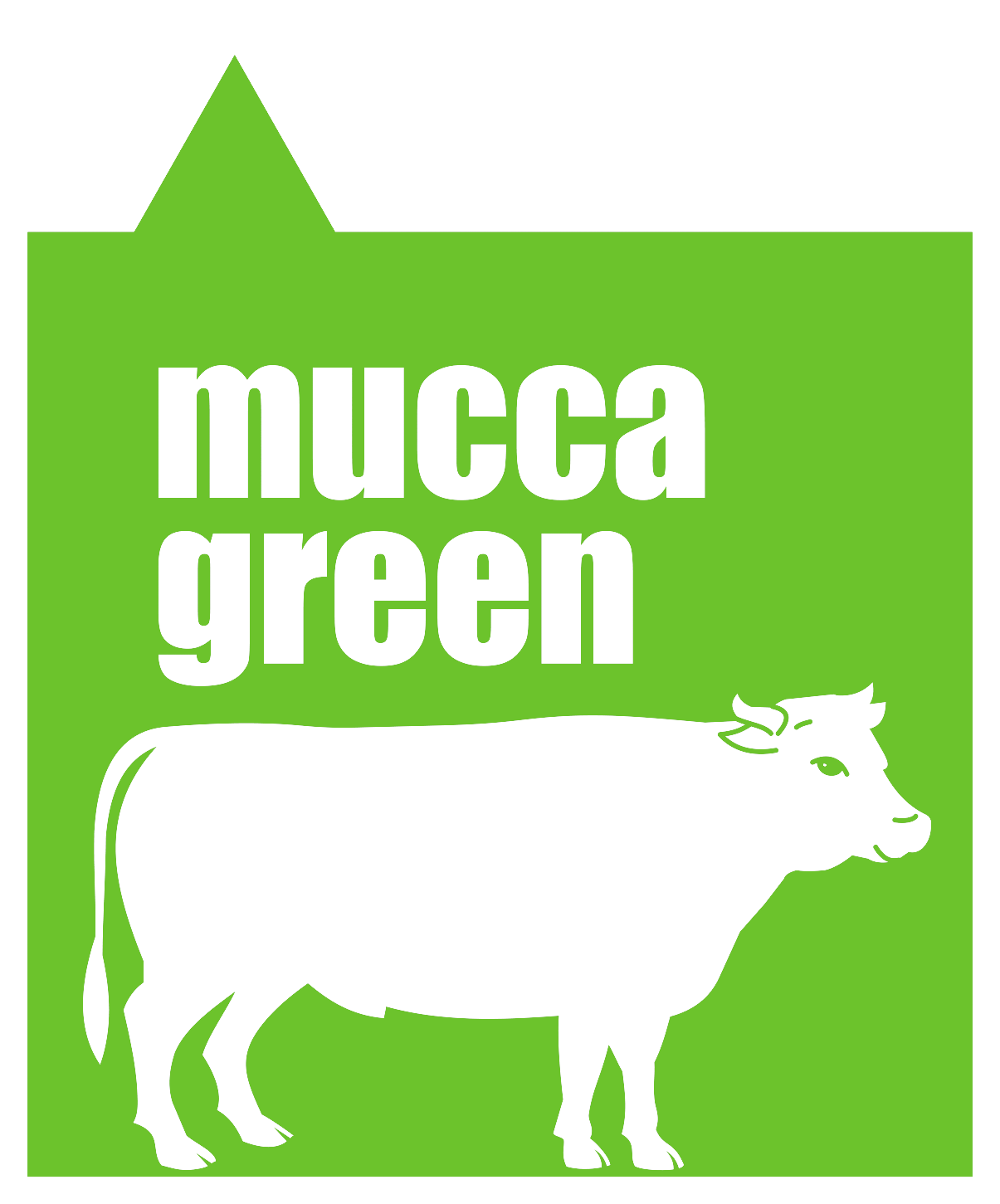Hide
Every type of hide has a different use
The intended use of raw hides (or semi finished) depends on the animal from which they come: calf, steer or cow. From calves, the hides obtained are destined to channels such as luxury, production of footwear and clothing; from the steer hides come skins destined mainly to the automotive and furnishing sectors; the cow instead offers hides and leather, which in quantitative terms accounts for most of the tanning industry’s production: among the countless products derived, there are shoes, soles and uppers, leather goods, furniture and complements, soft furnishing, sofas and upholstery, belts, straps and wallets, lamps, key-rings, saddles, trunks, cases, bags and briefcases, purses, backpacks, bum bags, watch straps, bindings, covers, folders and thousands of other products more or less present in our daily lives.
43% of Italian hides are used in shoe manufacturing
The most important users of Italian hides are the fashion chains and the padding sector segments. The final users that individually buy the largest volume in square meters of hide are traditionally shoe manufacturers, who currently use 43% of the Italian tanning production.
Hides for the clothing sector, the furniture industry and car interiors
The second main use is that of leather, which is the manufacturing sector client that has recently grown the most. Following is the furniture industry and the segment of car interiors, the latter in marked expansion. Finally, the clothing sector, on the wane in recent years, particularly as a result of fashion trends, that repay little, such as the wide diffusion of rubber shoes, especially in Europe1.
1 UNIC Sustainability Report 2014.
Animal gelatine as the base of soft sweets
From the tanneries come also food products, obtained by boiling the hides. The most important and widespread is definitely gelatine, which has in turn a number of ways of being utilised. The best known is probably the use in the production of soft sweets and chewing gum, which is used to replace the gum arabic as it contains no fat or carbohydrates.
The use of gelatines in alcoholic beverages
Another area in which food jellies are widely used is that of alcoholic beverages, as clarifier of wines and beers. Gelatine, in fact, while precipitating absorbs suspension particles in liquids and therefore purifies them.
Its importance in the medical and pharmaceutical fields
Less well known is the use that is made of gelatine in the pharmaceutical field for the preparation of capsules or suppositories, preparations for water-soluble substances as, for example, the effervescent tablets of vitamins A and E. In emergency medicine gelatine is used as plasma expanders in patients with hypovolemia. In dentistry and surgery gelatine sponges are used acting against haemorrhages, then left in situ to be absorbed by the surrounding tissue.
A thousand daily uses: from match heads to photographic development, from building restoration to ballistic exams
Gelatine has an important role also in the field of photography, including the digital printing: in fact inkjet photographs are better when printed on paper coated with gelatine. This important product, derived from cowhides, is also in many other areas of everyday life, as for example, in detergents and cleaners, in match heads, in foliar fertilisers, in electrolytic baths. Furthermore, it is essential to carry out the restoration of buildings or to conduct ballistic exams, as it simulates human tissue and allows a better assessment of the impact a bullet can have on the body.
Italy is European leader in the production of leater
Italy has had economic primacy in the tanning industry for a long time, both in terms of quality and production value as well as internationally. The “Belpaese” (beautiful country) has in fact a 66% share of the total European market and 17% worldwide, and its incidence is 30% on overall exports of finished leather (our products reach 123 countries). The industry is composed of companies that, to date, employ nearly twenty thousand employees.


